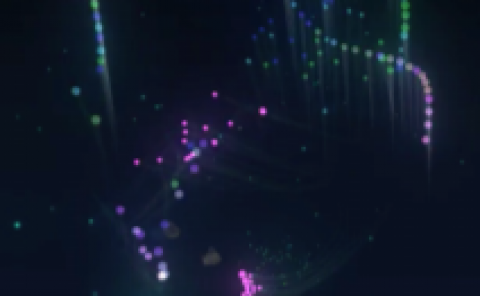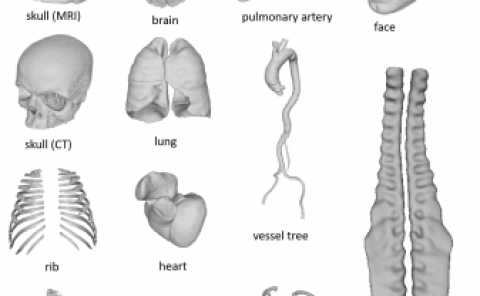Which EEG feedback works better for creativity performance in immersive virtual reality: The reminder or encouraging feedback?
PubDate: Oct 2019
Teams: East China Normal University;University of North Texas;National Cheng Kung University
Writers: Xiaozhe Yang;Lin Lin;Pei-Yu Cheng;Xue Yang;Youqun Ren;

Abstract
The purpose of this study is to investigate whether the feedback designed based on EEG (electroencephalography) signals contributes to an individual’s creative performance in an immersive virtual reality setting. Two specific forms of feedback were used. The first one was “reminder feedback,” given when brainwaves indicated the participant’s attention was not concentrated. The second one was “encouraging feedback,” given when brainwaves indicated that the participant’s attention was very concentrated. Sixty high school students were randomly assigned to participate in an open-ended design challenge in an immersive virtual reality setting. Twenty (N = 20) participants received no feedback; twenty (N = 20) participants received reminder feedback; and another twenty (N = 20) participants received encouraging feedback. Findings showed that the participants who received reminder feedback had higher-quality creative products than those in a group with no feedback or encouraging feedback. In addition, EEG feedback also had an impact on the participant’s attention and flow state. These findings are discussed in terms of feedback impacts, study limitations, and future research directions.



